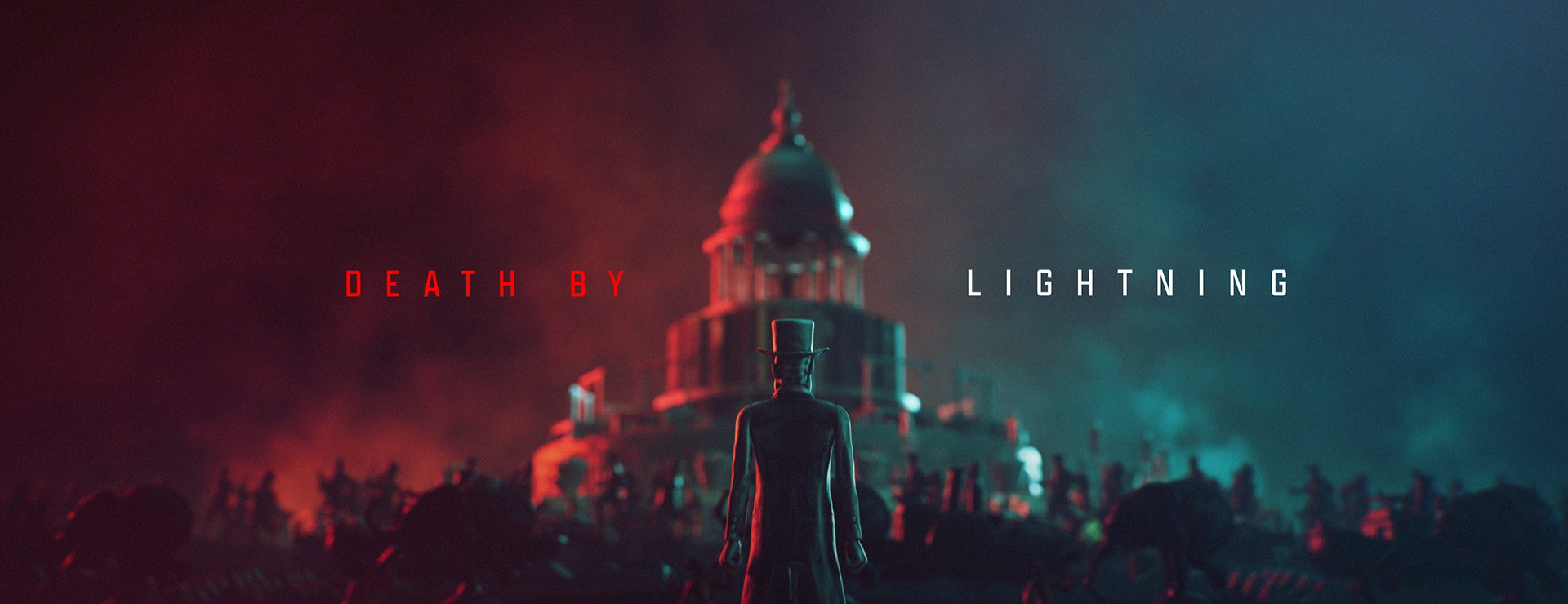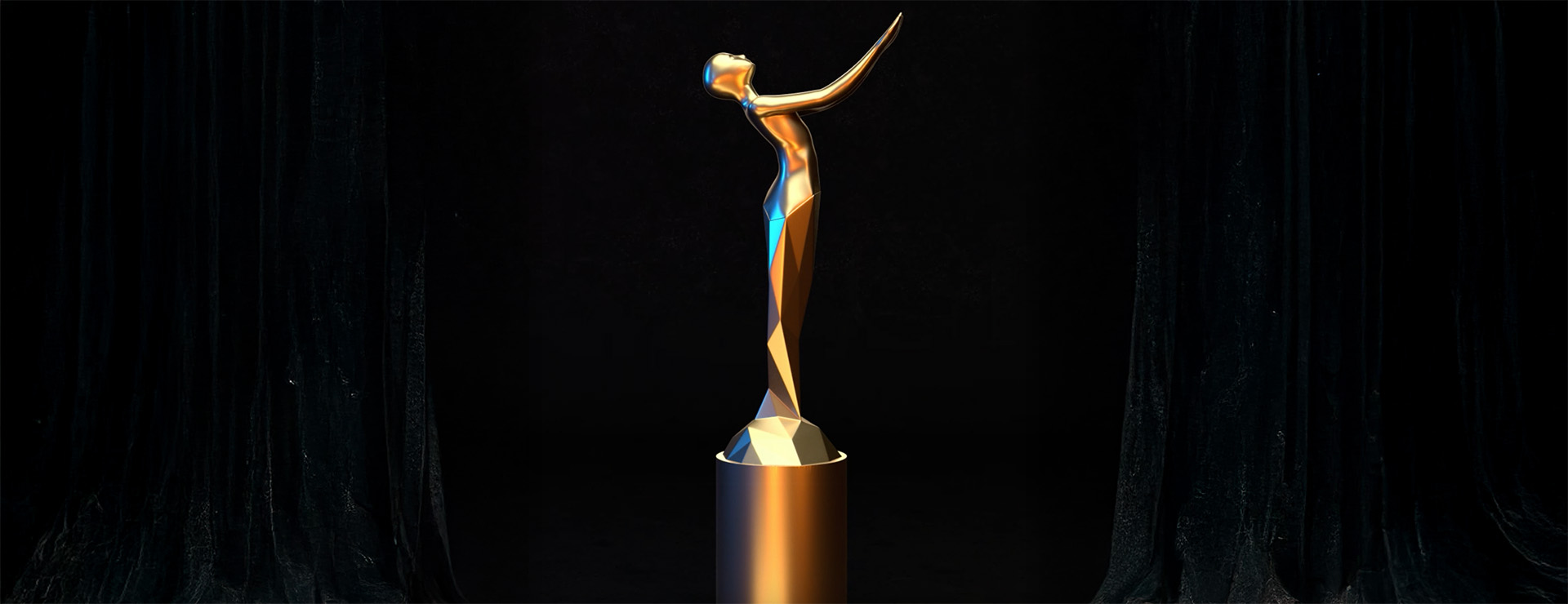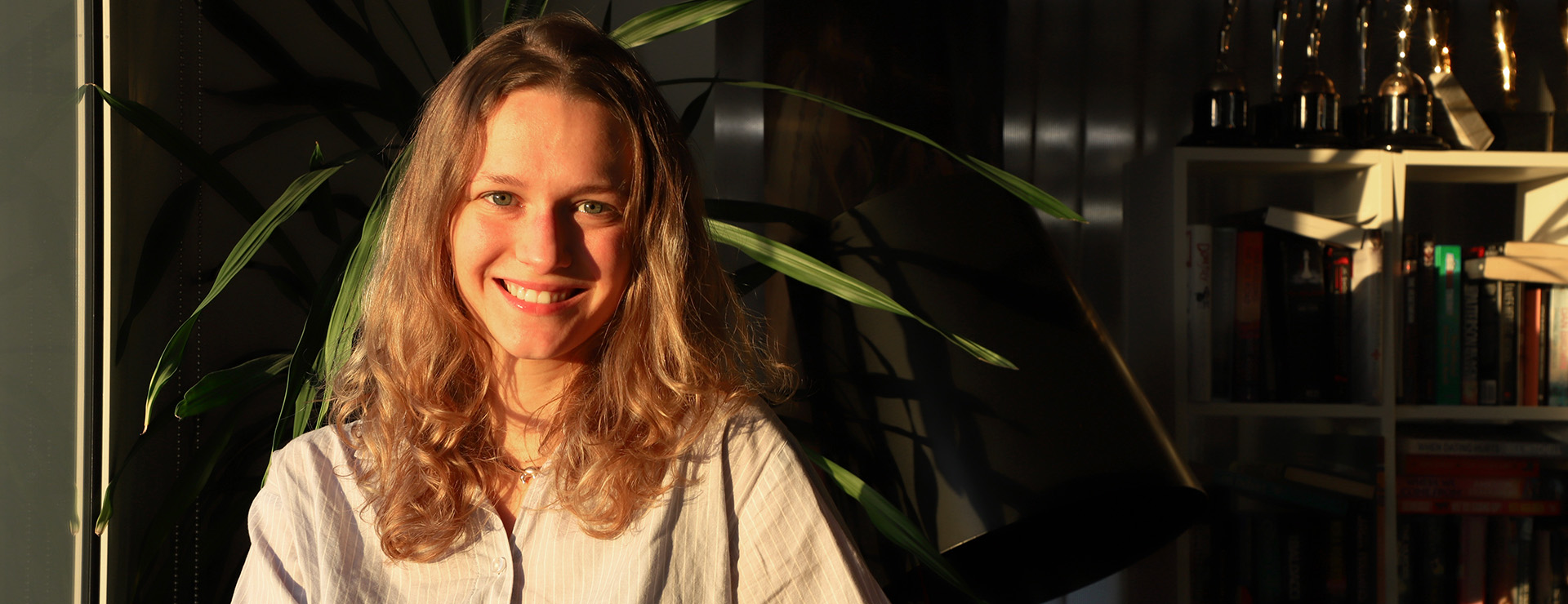On the eve of the GEMA Awards TV/Streaming UK in London on Nov. 7, Spotlight chatted with Kelli Peter, an American who has lived and worked in London for the past decade. She first came to the U.K. to set up and run the EMEA hub of Discovery’s U.S. creative agency before joining A+E Networks EMEA – now Hearst Networks, a joint venture between Sky and Hearst in the U.K. There, she’s VP, marketing and communications.
On the linear side, Hearst Networks owns and operates such factual entertainment brands as Sky History, Crime+Investigation, Blaze and Cosmo across the U.K., Nordics, Benelux, Central and Eastern Europe, the Middle East, Africa, Germany, Italy and Spain. Hearst also is getting into the free advertising-supported television (FAST) market in Europe, having launched five FAST channels – Mystery TV, Inside Crime, History Hunters, Deal Masters and World War TV – on various platforms and on Trailblazer TV.
Besides her work overseeing the Hearst Networks UK Marketing and Comms team, she also is the founder of a well-being practice that supports women as they go through such life transitions as pre- and post-natal and all stages of menopause.
Peter joined Spotlight to discuss how she works to keep all of it under a unified brand, how she sees audience in the current age of performance marketing, and how she encourages and mentors women in the workplace.
Spotlight: What are the similarities and differences working in the U.S. versus working in the U.K.?
Kelli Peter, VP, marketing and communications, Hearst Networks: Hearst Networks is a joint venture between Hearst and Sky in the U.K., so you have both perspectives there. The fundamentals are still the same – it’s all about great storytelling, collaboration, and a drive to connect with audiences. But I would say the U.S. and the U.K. have very different, distinct personalities.
In the U.S., creativity operates at a bigger scale, and everything is louder and bigger. It’s highly commercial, fast-paced and data driven. Ideas are built to make noise and deliver measurable impact. There is a strong sense of ambition and entrepreneurial spirit and energy, which I think really pushes innovation.
In the U.K., things are smaller in scale, but they are incredibly rich in craft and cultural nuance. Creativity tends to be more resourceful and subtle and rooted in storytelling and authenticity. Teams are leaner so they are forced to collaborate, which is a good thing. I think there’s often a closer link between strategy and creative execution.
I think that blending the two – the confidence and commercial intensity of the U.S. and the craft and cultural sensitivity of the U.K. – has really helped me to shift my mindset and be a better marketer.
Spotlight: How are your brands managing the audience shift from linear to digital? What does that transition look like in EMEA and is it different for brands like yours, which air quite a bit of factual programming?
Peter: That shift is certainly already here, isn't it? We treat digital not as an extension, but as a core environment for storytelling. It's part of what we do now as a company. Our approach is to be more platform-agnostic and more customer-centric. Our goal is to go where the customer is. Not everybody's watching the same way, and we still have those core linear viewers that are watching live. You don't want to alienate them. You want to retain and maintain them and give them what they want, while also bringing in new viewers.
We've launched streaming services, certainly in the U.K., but also across the EMEA markets. We have FAST channels, and we launched direct-to-consumer Crime+Investigation three years ago, when I came on board. We're further exploring how to best use YouTube, podcasting and other emerging formats.
The goal is not to repurpose linear content, and I don't even like to say linear content, because that's not how we look at the content strategy anymore. We're looking at how to create native digital experiences with our own tone, pacing, and community strategy. The goal isn't to funnel people back to traditional live TV, it's to build a content ecosystem where each platform has an intentional purpose and its own identity, making that content accessible to as many audiences as possible.
Spotlight: Considering all of the different types of content and platforms that you oversee in different markets and cultures, how do you keep it all straight?
Peter: With so many markets, platforms and audiences, clarity and consistency are everything. We start with a clear brand framework, our positioning, tone and visual identity guide everything we do. Each title and campaign ladders up to that overarching strategy so there’s always a unified thread.
From there, it’s about collaboration and focus. My teams work cross-functionally, with reps from every discipline (marketing, comms, social, PR) to prioritize the series that will lead our strategy for the year. We build full-funnel campaigns around those, layering in corporate and partner initiatives so it all connects under one story.
We always think customer-first, not platform-first. Some content naturally performs better on digital, but our approach is platform-agnostic. The goal is to meet audiences where they are, without losing sight of the bigger brand.
Spotlight: How do you decide when you are going to take something to social first versus to the press first? In the U.S., I’m seeing companies really go to social first and then letting press follow up on that.
Peter: We still do traditional press releases for all of our big series. However, when we have talent that are willing to post, we will lean into teasing earlier and first on social – when the series is still in production. That sort of drip feed can last a long time. This happened with our recent series Witches of Essex on Sky History. The talent posted while they were still in production and we jumped on it, so it became a little bit more reactive.
We think about being proactive in order to be reactive. We want to prepare and educate both the talent and the production company ahead of time, so if teasing does take place, they know what and how much to say but it’s still organic in nature. And then follow up later with the press release.
Spotlight: Do you find that to be nerve wracking? Because once you put it out on social media, you don't really have control of it. But that’s probably true with press as well, there's only so much control you can actually exert.
Peter: I think that's part of the nature of the business. We want to get people talking. We've built a community around our brands, and we want people to have voices. That's part of building a community. We don't want to shut anything down, but we also have to protect the brand.
Spotlight: Do you find that all of your channel brands have their own communities? How do you manage the care and feeding of these communities?
Peter: Yes, they do have their own communities. They are a bit different, but there's also a bit of crossover between the brands.
Rather than segmenting purely by demographics, we focus on shared interests and behaviors. It’s less about who people are on paper and more about what they care about and how they engage.
To nurture those communities, we stay close to the audience, listening, responding and giving them reasons to keep coming back. That means creating content that sparks conversation, involving them in storytelling, and being present on the platforms where they already spend time.
We also make sure every touchpoint feels true to the brand, from tone of voice to visuals to how we moderate and engage. It’s about building trust and connection over time, not just chasing reach or impressions. When you do that consistently, you don’t just have viewers, you have advocates.
Spotlight: How does targeting by interest and behaviors work for you? Are you finding that that's something you are able to do successfully across platforms with the data you have?
Peter: Right now, our paid spend is 100% digital, so we are using Meta and YouTube, primarily. By using those two platforms, we are able to be very targeted, but we are also able to go very broad when we want to, so that works out well for us. We can chase after what we want and need and try to build our communities based on the data we have. And of course, we run cross-promotion on our channels. When you think about it that way, we are still looking at traditional media planning models, but we've also stretched to look at interests as much as we can based on the data we have. That is where it gets harder because you can't use the same mechanics in linear that you can use in digital platforms. It just doesn't work.
Spotlight: Do you feel like looking at audience interest is a common thing, or do you feel like that's something you guys are ahead of the curve on?
Peter: I would love for us to be ahead of the curve but with digital propositions, meaning direct-to-consumer and streaming services, using performance media to target interests not just demos is the way majority of brands are marketing. It's data driven, and it's instant.
Spotlight: Since you've been at Hearst Networks, what are some of the campaigns that stand out to you as most memorable?
Peter: One of the first campaigns that I worked on at Hearst Networks, when it was A+E Networks EMEA was a series called The Royal Mob in 2022. This was a co-production with Sky, produced by a production company called Nutopia, in which the origin of World War I was told through a different lens. The story was told through the perspective of the Hesse sisters, who were granddaughters of Queen Victoria, and thus through the female lens.
I loved the series and it’s always a lot easier to promote something that you love. The team did an excellent job on the brief, and the creative team nailed it. They only presented one concept in response to that brief, and we all loved it. That’s the first time in my career that has ever happened. The campaign positioned the series not as a traditional period drama but as a royal saga of power, love and betrayal. And the key art was just beautiful.
I loved making these sisters the focal point of the show and of the campaign. It was a new and unique perspective on World War I, and it provided us an opportunity, from a marketing perspective, to reach as many audiences as possible and hone in on that female audience. The campaign was fun, and it championed the female characters. It made history feel alive, which is our tagline.
It was visually bold, it was emotionally resonant, and it was culturally relevant, especially at the time. For me, it kind of redefined what Sky History could look like and it got me really excited about what was to come. I think that campaign will always hold a special place in my heart.
Another standout for me was launching the Crime+Investigation direct-to-consumer app, which I was brought on to help launch. That's definitely a standout moment for me, because we weren't just marketing a product, we were really trying to build a different community of people who don't just consume true crime but really engage with it.
Spotlight: Besides what you do at Hearst Networks, you also work as a nutrition and fitness coach for women. Do you feel like doing that influences the way you lead your teams or the way you market to women?
Peter: Well-being for me is not a job. It's who I am. It’s my passion. I love fitness. Being super candid, I went through menopause really young, so I have even more of a reason to work with women and help them through these times. This work keeps me anchored in real human needs and that perspective informs the way I work with my team and lead my team and also how I build brands. So, it does all come together. It makes me more intentional about the representation and the tone and the truth behind every message.
Spotlight: What are some things that you think women need to know in terms of integrating their careers, their family lives and their health and fitness?
‘Peter: I think we need to get away from the idea that women have to do it all. It is important as well as challenging to give ourselves permission to prioritize ourselves without shame and without guilt. Physical, emotional and professional strength really comes from being able to take some time and space for you. It’s okay to slow down and to give yourself permission to prioritize your own needs without feeling guilty about it. Taking care of your health and wellbeing isn’t selfish; it’s an important part of being able to show up for your family, your work, and yourself in the best way possible.
At the same time, I know it’s not always easy. Many women face real challenges — whether that’s childcare responsibilities, financial pressures, or just not having enough hours in the day. That’s why it’s so important to have understanding workplaces, supportive partners, and communities that make it easier for women to take care of themselves.















